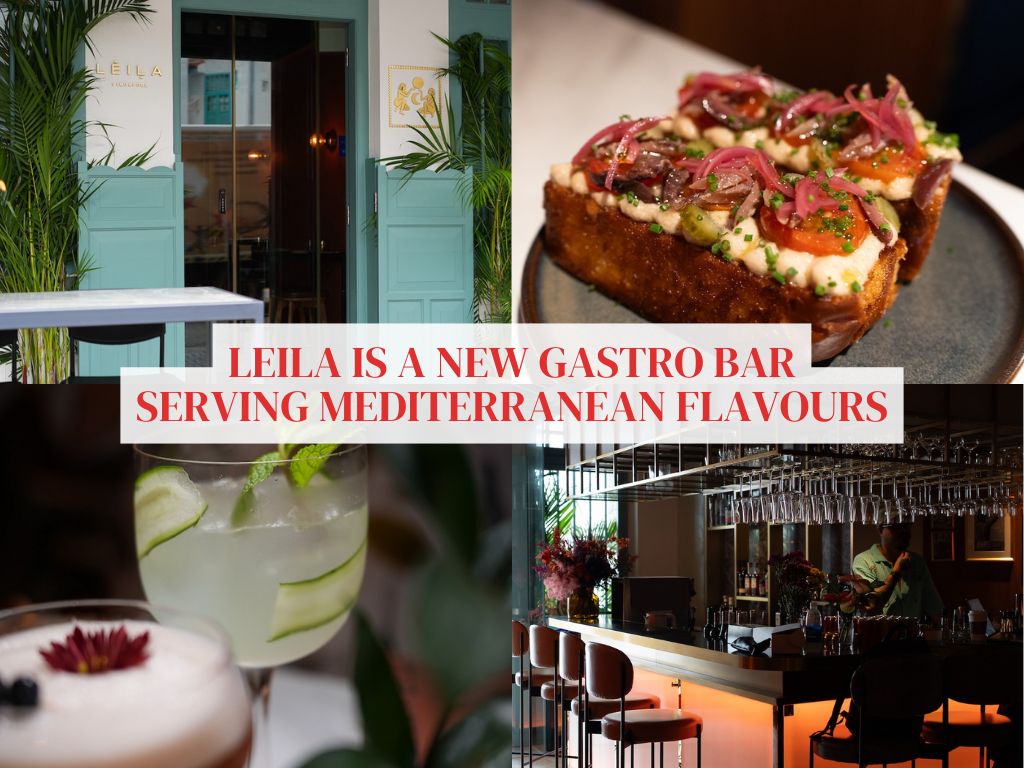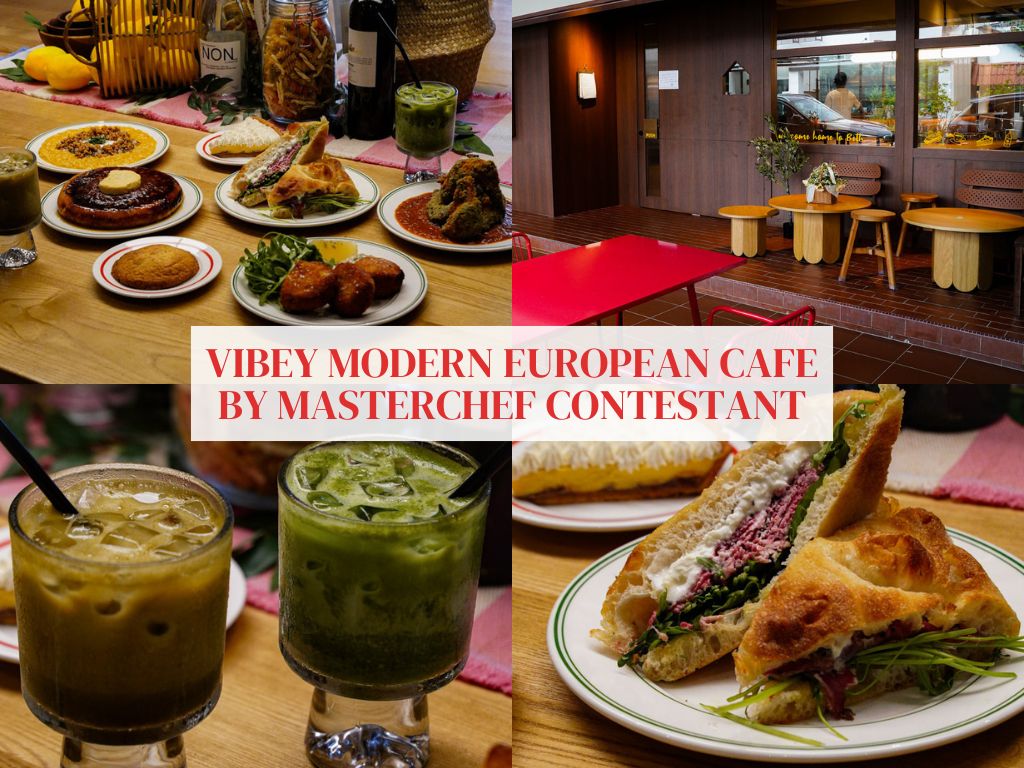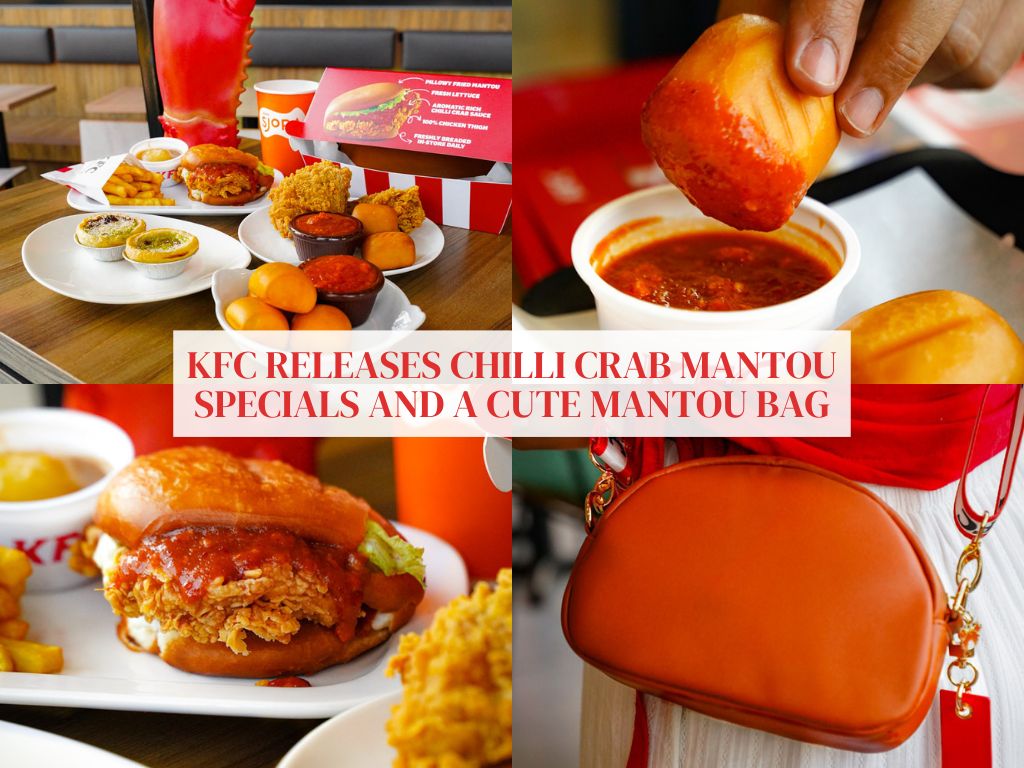The deep dive: A water sommelier, barista & bartender on how water affects how our food tastes
- We talk to three professionals about how there’s more to it than meets the eye when it comes to water.
- A water sommelier explains how not all waters are equal and can in fact be surprisingly complex
- We explore the intricacies of water in brewing coffee with the head of Kurasu’s coffee programme
- The head bartender of no. 32 on Asia’s 50 Best Bars gives us a low-down on how water and ice influences speciality cocktails
Water: The source of all life and a paramount part of our daily lives. Something so ubiquitous, it almost seems trivial.
But those who know, know the importance of water. Besides a looming global drinking water scarcity, Singapore’s own struggles with water are also deeply ingrained into Singaporeans.
Other than being a precious resource though, water is usually under-appreciated for its inherent intricacies.
Contrary to popular belief, there’s more to the clear liquid than meets the eye. Minerals determine flavour and texture, while acidity levels alter the taste of our beverages — water has an astounding amount of underlying wisdom to it.
For this year’s World Water Day (Mar 22), we go on a deep dive of water’s nuances and how it influences what we eat.
Caryn Tang, water sommelier
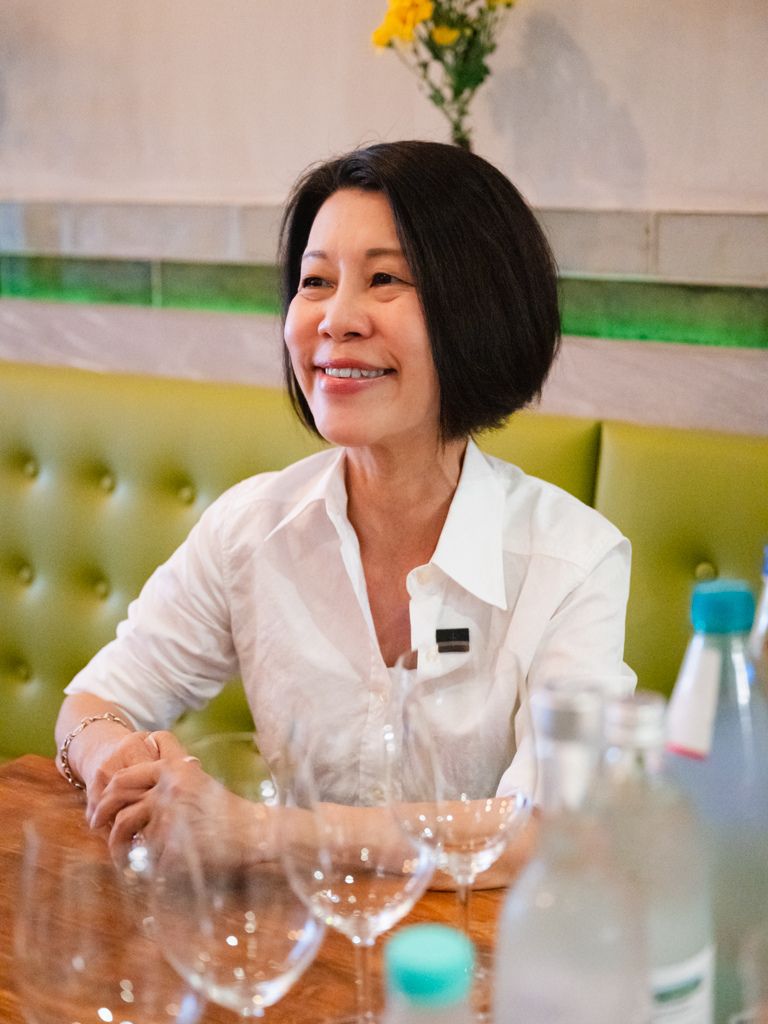
Sommeliers are seen as an integral part of many restaurants — including Michelin-starred restaurants — nowadays, tasked with designing beverage menus and curating wine pairings.
By contrast, “water sommelier” is a niche term less heard around the local scene. As unorthodox as it may sound, being a water sommelier is an established profession that is more prevalent in Europe and requires professional training.
What does a sommelier do? They usually work at water plants, design menus for restaurants or run beverage shops, some of which are entirely focused on bottled water, something more commonly consumed in the west.
That’s a stark contrast from Singapore, where bottled water is usually an afterthought. It’s only something you think of when the waiter asks, “Still or sparkling?”
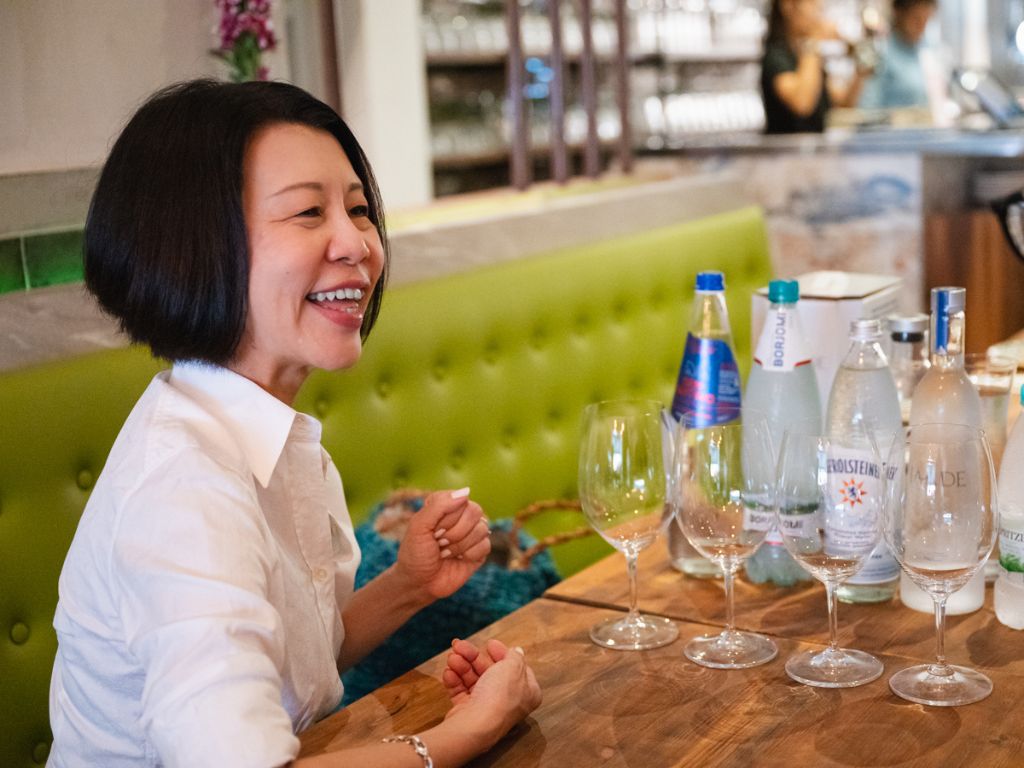
There is one particularly passionate water sommelier in Singapore that stands out: We’re talking about Caryn Tang, 58, who had undergone training at Doemens Academy in Germany — a private institution founded in 1895 that’s dedicated to training specialists in various fields of beverage — to become Singapore’s first female water sommelier.
Since leaving her position as an in-flight manager at Singapore Airlines in 2020, Caryn has been a part-time WSET wine trainer at SHATEC.
But in her off-hours, she’s a trailblazer trying to bring about a water revolution in Singapore. She has even organised her own class, titled “The Essence of Water” in collaboration with SHATEC that is currently held every month.
Alas, it’s an uphill battle to convert sceptics who express doubts, with questions along the lines of: “Water is water, how different can water be?”
We tasted water
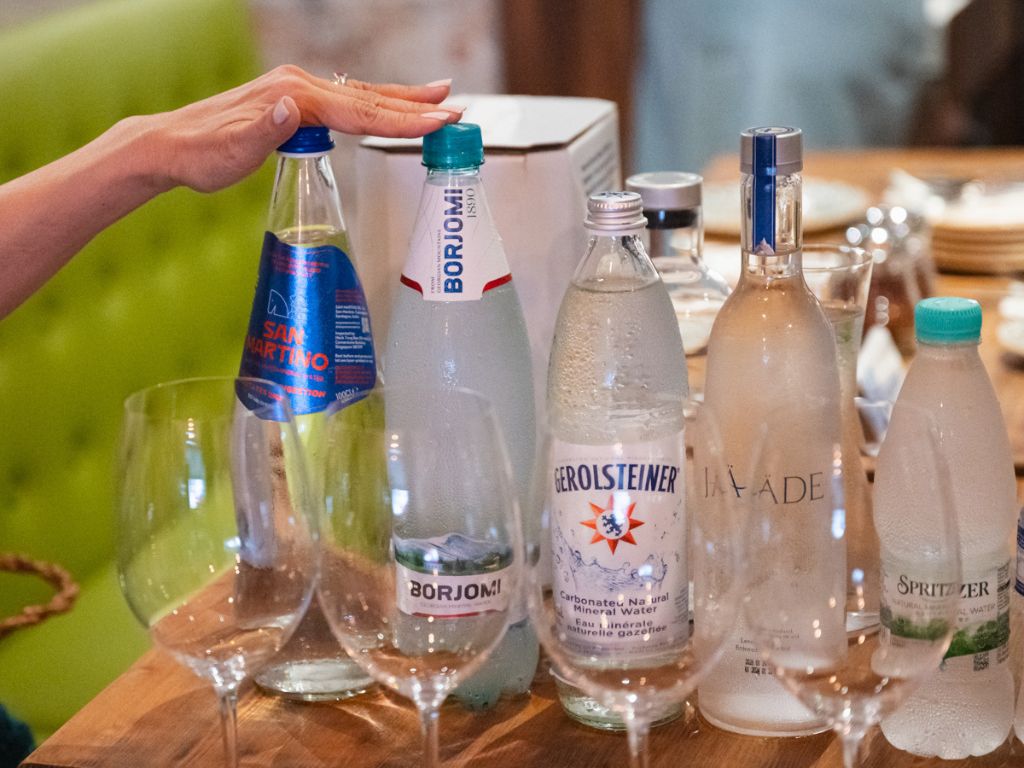
With great curiosity, we set up a meeting with Caryn herself.
When we arrived, she had already arranged a set of glasses and bottles on the table. As it turned out, a full-blown water tasting was in store for us.
There were six different bottles — three sparkling and three still, each with distinct properties, varying in aspects such as minerality and PH level.
We started easy, with a bottle of Vepo distilled water, which can only be best described as “neutral”. Being distilled water, this was as plain as it gets, though slightly tinged with the slight odour of plastic.
We tasted glasses of mineral water from Jaade and Spritzer next. While the difference between the two are smaller, there’s a marked difference in taste and mouthfeel, as compared to Vepo.
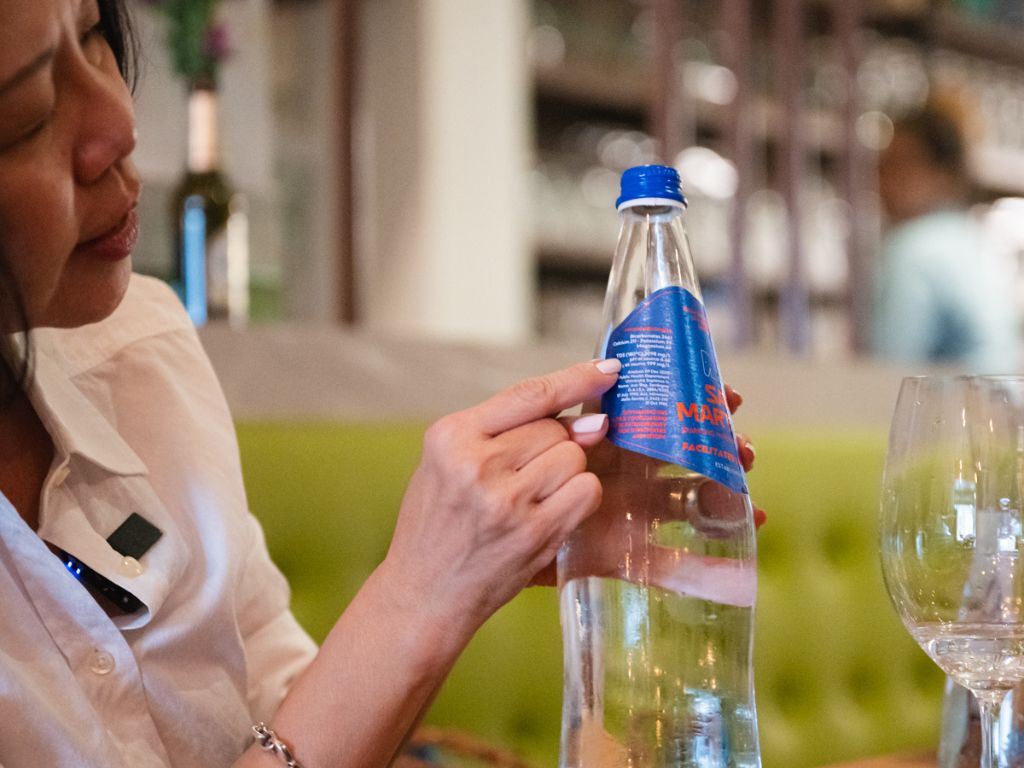
If we had to explain the difference, the two tasted cleaner and fresher. The Finland-sourced Jaade felt cooler, with a glacial property to it and Spritzer from Perak (where Caryn grew up) tasted light and transparent — but those properties require a bit more ruminating to discern on the tongue.
Moving onto the sparkling selection, the distinction becomes much more obvious.
We particularly enjoyed how Borjomi, a naturally carbonated mineral water brand from Georgia, comes with a nice bit of effervescence and refreshing — almost citrus-like — flavour to it.
But my personal favourite had to be the ultra-rich San Martino from Sardinia that’s moderately savoury, brimming with a robust salinity.
Different waters, different tastes

So how exactly does water work? A straightforward way to classify water — besides the usual still or sparkling split — is whether it’s soft or hard.
“Hardness” is primarily a measure of the amount of calcium and magnesium content in the water — harder water contains more dissolved minerals that give it a stronger flavour.
“Our water is softer, compared to the UK, for example. The water in the UK is harder and you can feel the weight. After you brew a cup of tea, you can see a layer of film,” says Caryn, when asked how she would describe Singapore’s water versus that in other countries.
What’s interesting is that the taste of water varies, even depending on where you live in Singapore.
Citing a survey where participants were subjected to a blind tasting, Caryn says water from certain areas were described as “earthy” and, interestingly enough, Tiong Bahru’s water was described as similar to “atas (sophisticated) mineral water”.
According to Caryn, there are variables that can affect the taste. “All water comes out pristine, but it can also depend on how old the pipes are and the travel time,” she says.
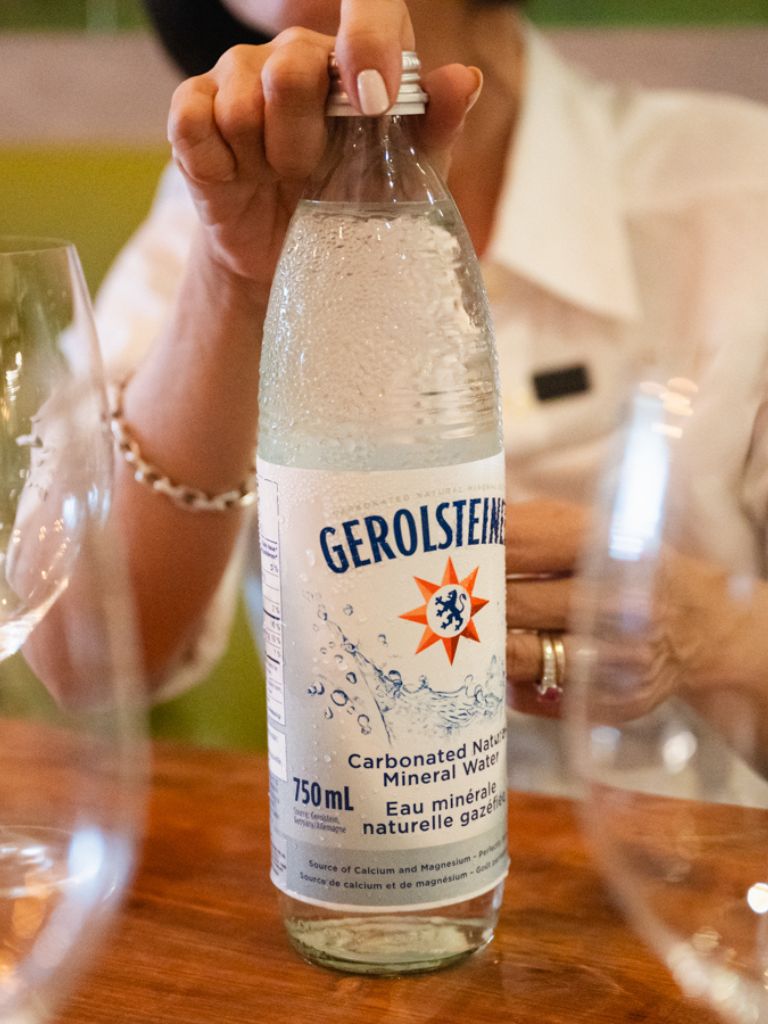
But as good as having readily available drinking water at your fingertips can be, mineral water has its benefits and can be a form of supplement.
Harder mineral water contains calcium and magnesium — both important nutrients that the body needs.
Water from certain environments — ranging from hot springs to volcanoes — can also be rich in other minerals, such as sulphate or hydrogen carbonate that can alleviate indigestion.
She even suggests certain waters as natural remedies for ailments — for example, the Borjomi for hangovers and Gerolsteiner for post-workout rehydration.
Ultimately though, Caryn says: “There are different waters for different occasions.”
And if you want to learn more about how to pick out the perfect water, then you’ll want to sit in on Caryn’s “The Essence of Water” course — it’ll cover the intricacies of water and even treat you to tasting different waters and cheese pairings!
Xavier Ong, Kurasu Singapore

While we’ve explored the depth of water itself, we also wonder how these factors can influence flavours, especially when water is merely a base ingredient.
According to Xavier Ong, 28, a barista and operations manager at a popular specialty coffeehouse, water has an undoubtedly crucial role in the brewing of coffee.
Xavier heads up the coffee programme of cult-favourite Japanese brand Kurasu’s local outposts.
One of his responsibilities is ensuring the brew quality and doing justice to the curation of coffee beans, which is primarily brought in from the brand’s Kyoto headquarters — though the local team has also ventured into roasting their own coffee.
The science of extraction

How exactly does water play a part in brewing then? It all goes back to the fundamental process of extraction.
“Extraction in coffee basically refers to the method of using water to dissolve soluble compounds in coffee beans,” Xavier explains.
He believes that, as a barista, it’s important to build up a certain level of knowledge and experience since variables — such as brew ratio or even the speed of pouring — can significantly change the ultimate profile.
One of those variables is water. It might seem overly finicky but the Specialty Coffee Association has even come up with a general guideline for water: It recommends a total hardness of 50-175 ppm (parts per million) and a carbonate hardness of 40-75 ppm for coffee brewing.
In fact, the Kurasu team has put different waters to the test: They’d brewed the same set of coffee beans using water used from its Waterloo and Somerset stores, juxtaposed against water flown over from Kurasu’s Kyoto stand.
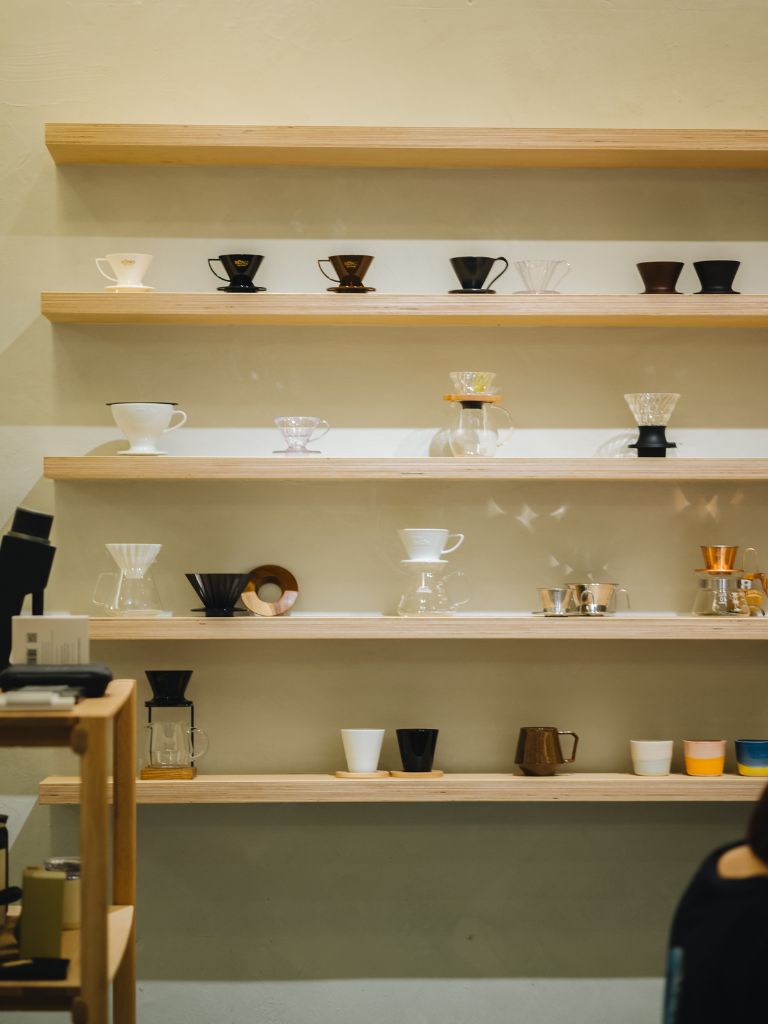
Both batches were brewed the exact same way — using precise parameters ranging from grind size to brew timing — but yielded differing profiles, with objectively discernible differences.
Certain styles of coffee are also more dependent on water than others. Take for example, filter (also known as pour over) coffees, where water comprises a whopping 98% of the beverage.
That’s why even the most minute variables can have exaggerated effects on the final flavour, which in turn results in different levels of balance and distinct mouthfeels.
Temperature is one factor — higher temperatures potentially yield more extraction, hence why baristas start with lower temperatures for darker, more intense roasts.
Another is total water hardness, since magnesium promotes the extraction of sweet and fruity flavours, while calcium promotes body and mouthfeel in the cup.
Exploring water in brewing
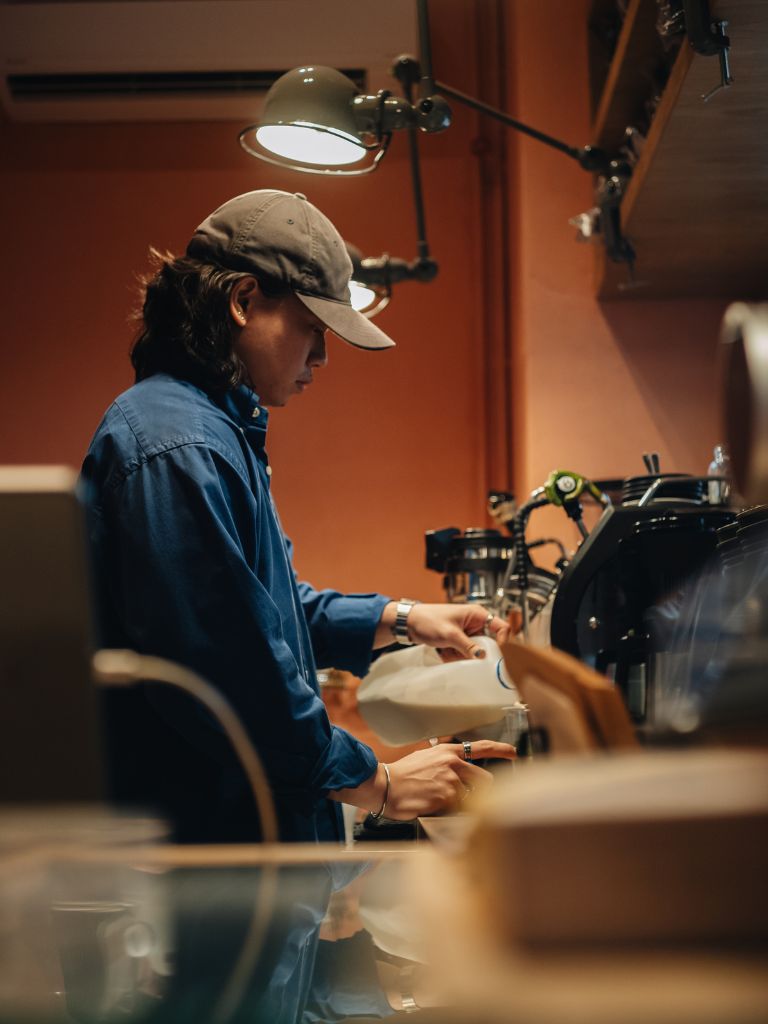
With high volumes of varying coffee orders, it’s not practical to go down to such minute details, so cafes have to strike a fine balance: “Businesses also have to take into account workflow, efficiency and speed. So cafes will have to strike a balance by obtaining a reliable source of filtered water that best suits their coffee needs.”
Hence most cafes rely on in-built filtration systems — from companies such as Pentair, BWT or Brita — for reliable sources of filtered water for consistent quality control.
If you’re an aspiring homebrewer or competitive brewer though, he thinks there’s a lot to explore.
“In competition settings, the barista can use a very specific kind of water to bring out what they believe are the best qualities of their coffee,” he explains.
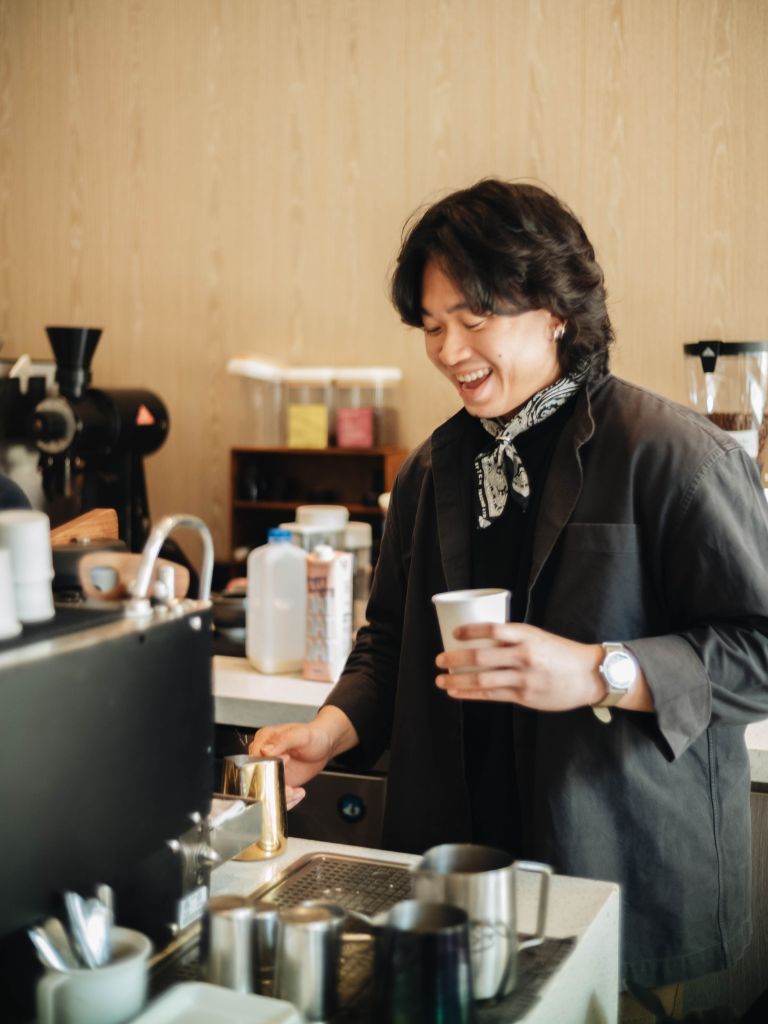
At home, you also have the luxury of delving into the minutiae of experimenting with various equipment, components and even using products — such as Aquacode or Lotus Drops — that modify water composition by adding more minerals.
That being said, water isn’t the be-all and end-all of making a good cup of joe. There are other factors such as grind size, brew ratio and espresso machine bar pressure that homebrewers can play with to brew better cuppas at home.
If you’re a coffee lover keen on the subject of brewing and water though, don’t hesitate to head down to either of Kurasu’s two Singapore stores for a taste of their wares.
The passionate team puts a lot of effort into making sure they serve customers with the best cuppas, plus the Kurasu team are happy to educate and help everyone appreciate coffee better!
Amos Kew, Stay Gold Flamingo
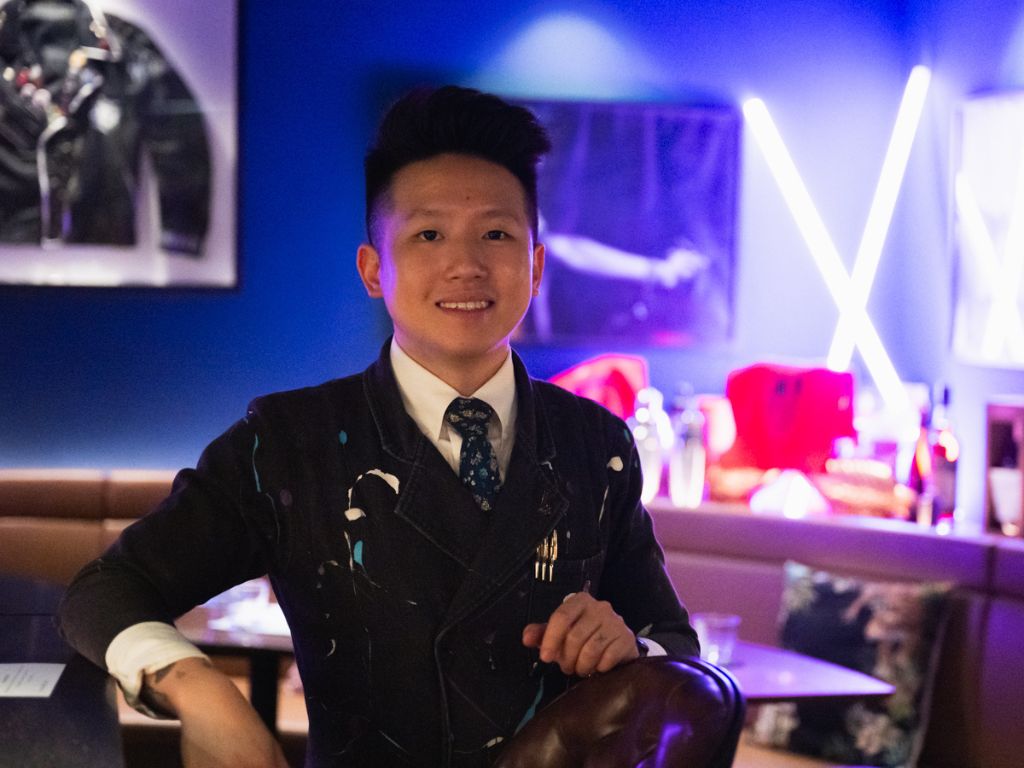
Besides coffee, there’s another industry where water plays a key role too: The bar industry.
Bartenders might not ascribe the same importance to minerality or PH level, but water still contributes to the overall flavour, according to Stay Gold Flamingo head bartender, 25-year-old Amos Kew.
Heading up the bar that’s ranked 32 in the latest edition of Asia’s 50 Best Bars, we suspect Amos knows a thing or two about cocktails.
The magic of clear ice
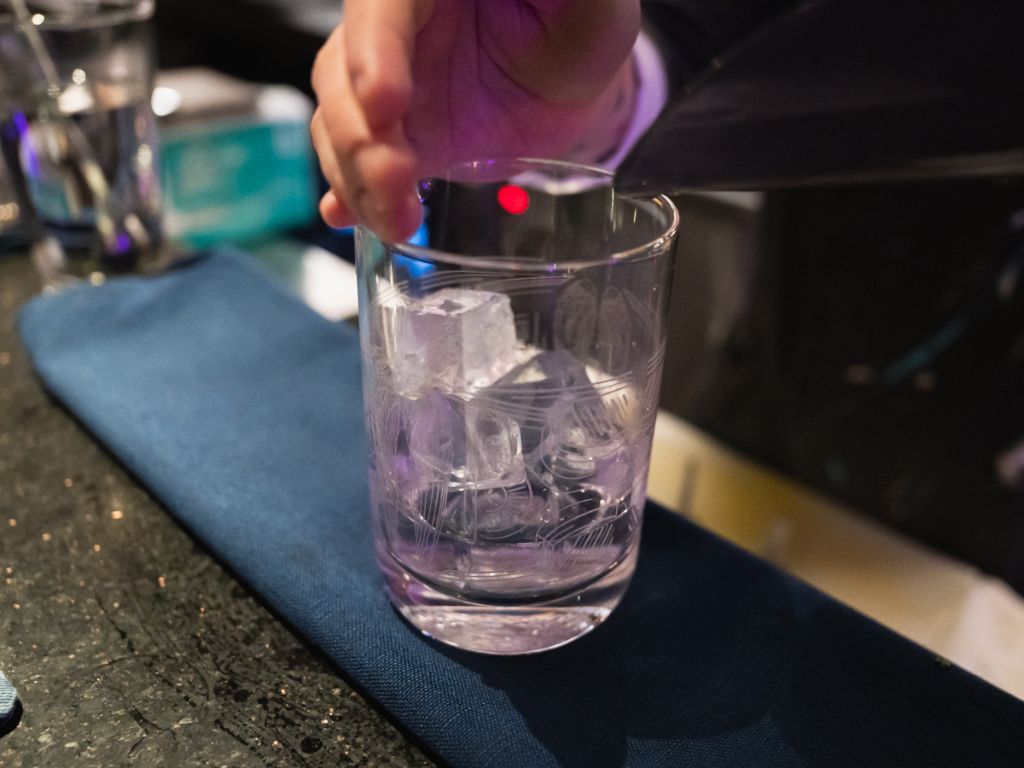
Have you ever noticed how clear the ice can be at certain bars? Some bartenders — fastidious Japanese-style bartenders in particular — can be conscientious about water purity in ice, which ensures its crystal clearness.
Why? From Amos’ experience, clearer ice allows certain drinks to shine better: “For martinis and old fashioned cocktails, we tend to use clear ice to stir them down.”
Elegance is key in these classic cocktails — usually comprising only two or three ingredients — which means the quality of ice enables the subtle nuances of each component to shine through more articulately.
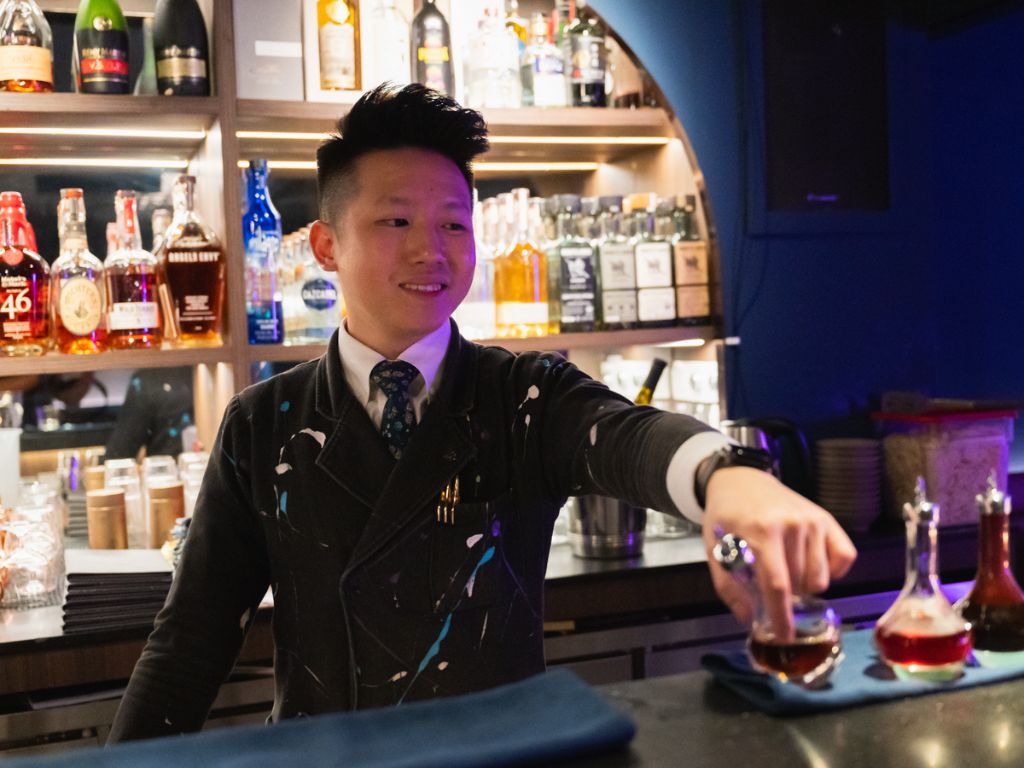
As counterintuitive as it sounds, that is one of the key aspects of the craft: Dilution.
Although many prefer boozier drinks, dilution is an exercise in finesse. It ensures pristine balance at the highest level of bartending and depends on each bar’s individual ethos.
At Stay Gold Flamingo, the drinks are usually a touch more spirit-forward, allowing customers to let them dilute down according to how strong they like it.
The intensity of the drink can decrease after being served, but not increase, after all.
Balance through water

Cocktail-making is hardly as straightforward as it seems — there are multiple layers when building a cocktail.
It starts with combining spirits and ingredients to achieve certain flavour combinations, then the drink is usually primed to be served via specific preparation methods.
For example, shaking a cocktail in a tin would help certain ingredients (such as egg white and cream) mix, while also providing dilution and aeration through agitation. Alternatively, stirring would introduce just enough dilution to ensure a silky texture.
Besides the ice, the ingredients that go into the shaker can also affect the drinks.

But having more ingredients can also obscure the quality of the ice, which means machine ice is sometimes more than sufficient.
Says Amos: “I’ve used clear ice to shake drinks before and the difference is not super obvious but I think it can result in a clearer taste profile.”
Other than balancing the flavour profile, ice also can also impart texture to the drink.
Case in point: Stay Gold Flamingo also uses smaller stacked blocks of clear ice in their highball-style drinks, instead of the usual tall blocks, which Amos noticed helped to retain the carbonation longer.
Want to see if water and ice actually makes a difference on your tongue?
Visit Amos and the team at Stay Gold Flamingo some time — there are exciting things on the horizon, including a menu refresh set tentatively for April.
For more ideas on what to eat, read our stories on the coolest new openings in Singapore that are worth checking out and the most immaculate spots for a sumptuous pasta date night.
Do explore the new GrabFood Dine-in service for awesome deals.
You can also book a ride to visit Kurasu and Stay Gold Flamingo.

